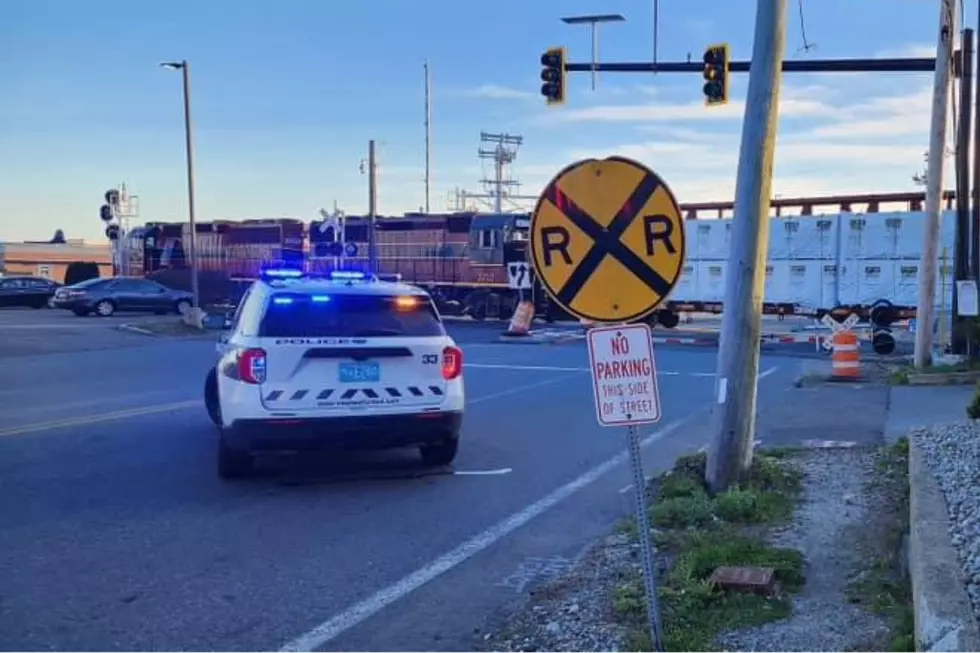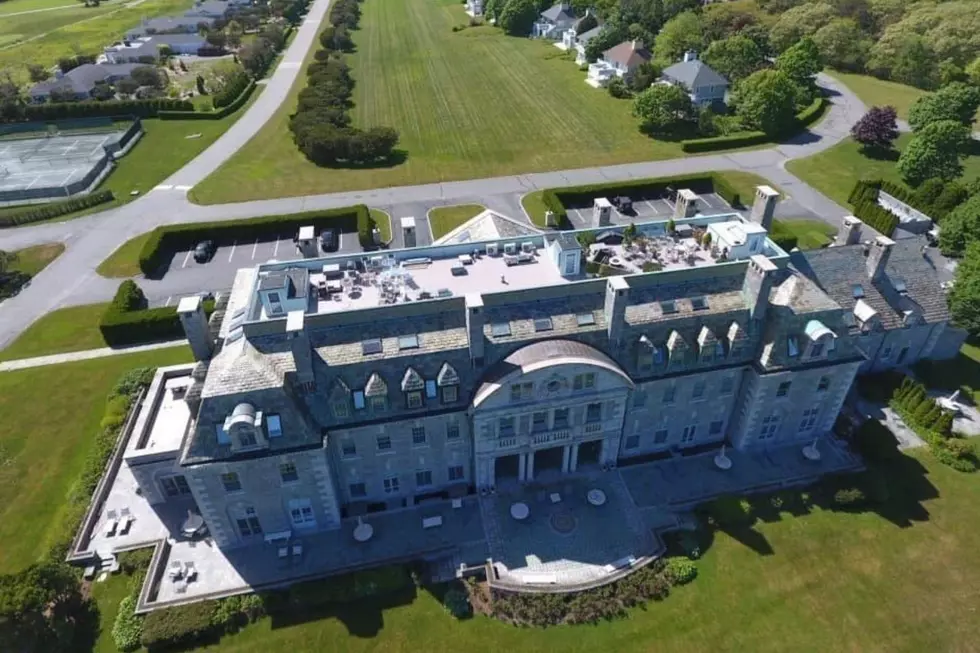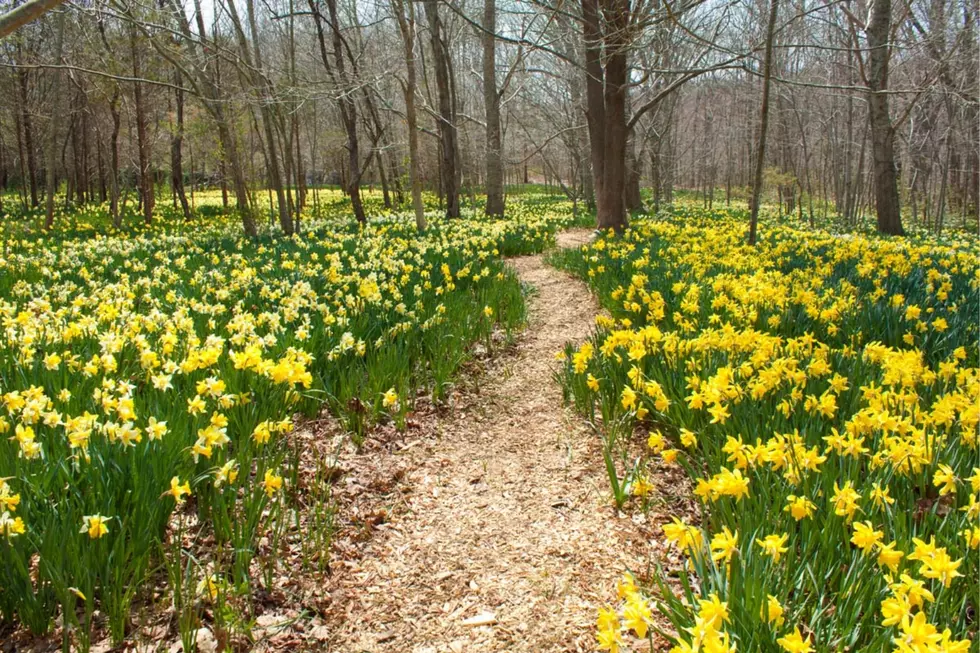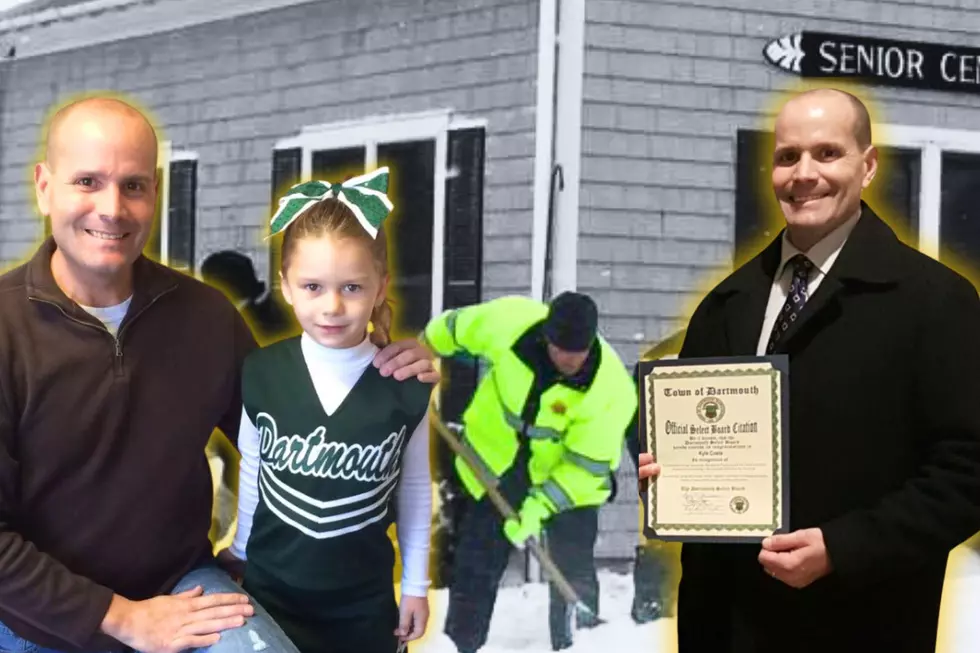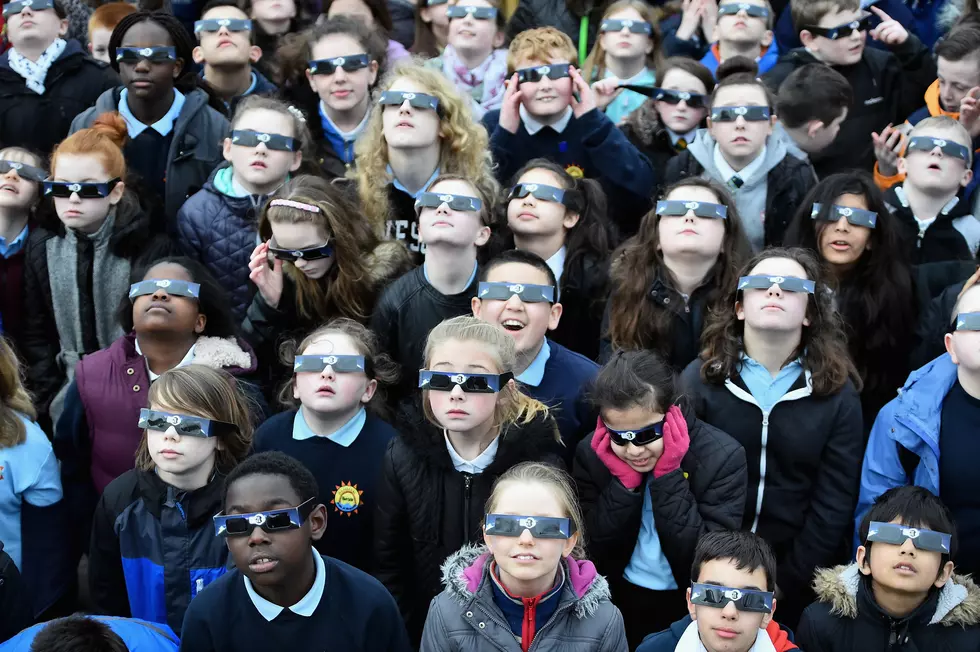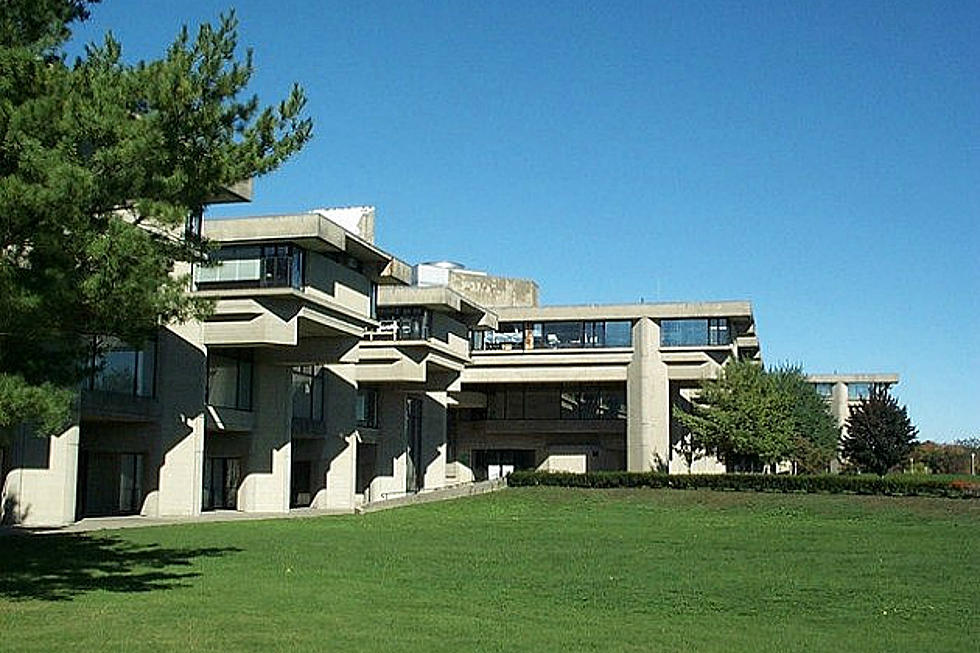
UMass Dartmouth Born From New Bedford, Fall River Tech Schools
The University of Massachusetts Dartmouth story dates back more than six decades and has roots in New Bedford and Fall River, long before the current campus existed on Old Westport Road.
UMass Dartmouth wasn't always UMass Dartmouth. The UMass Dartmouth story began in 1960 when the Southeastern Massachusetts Technological Institute (SMTI) was born by an act of the Massachusetts Legislature that consolidated the New Bedford Institute of Technology and the Bradford Durfee College of Technology in Fall River into a single entity.
Under Section 1, 75B of Massachusetts State Law, SMTI was formed, "for the purpose of giving instruction in the theory and practical arts of engineering and science, the liberal arts, and other appropriate curricula which shall be established from time to time to include such scientific, technological, and other studies as may be deemed desirable by the Board of Trustees of said Institute."

According to the school's library, the new SMTI Board of Trustees held meetings in a suite of rented rooms at Dartmouth's Capri Motel, since there was no SMTI campus yet, and the New Bedford Institute of Technology and the Bradford Durfee College of Technology remained separate campuses with their own Boards of Trustees until the consolidation was completed in 1964.
The ground was broken on the Dartmouth campus in 1965 and the first building opened a year later on June 5, 1966. The campus was designed by architect Paul Rudolph – and no, he didn't worship the devil.
Southeastern Massachusetts Technological Institute became Southeastern Massachusetts University (SMU) in 1969 and eventually part of the University of Massachusetts system in 1991. There is a great history of the University of Massachusetts Dartmouth on the school's website.
Are you a graduate of New Bedford Institute of Technology, the Bradford Durfee College of Technology, SMTI, SMU, or UMass Dartmouth? What year did you graduate and what was your major?
LOOK: Here are the biggest HBCUs in America
LOOK: Famous Historic Homes in Every State
More From WBSM-AM/AM 1420
